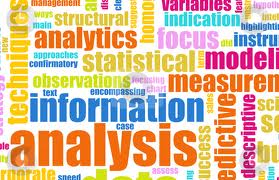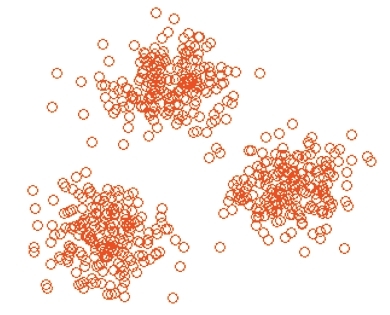THE GENIE FRAMEWORK
PROJECT
PROJECT

Features
These are the main attributes of this Information Extraction software:
 |
Semantic analysis: Getting information from the connotation of terms, it means to get the
real meaning of words in a context. It also takes into account the relations of these words with other concepts: synonyms, antonyms, meronyms, holonyms, hypernyms and
hyponyms. It can be applied to documents or labels that users put by themselves. |
| Content control: Monitoring and supervising the contents of documents. Typical
applications would be security, information filtering, spam monitoring, verification of
plagiarism, and others of similar nature. |
 |
 |
Geolocation: Geographical location of data presents in documents. These data can be
referred to organizations, people, events, etc. |
| Auto tagging: Categorizing of documents by combining various methods: statistical,
semantic, syntactic, linguistic or geographical. |
 |
 |
Summarization: Analysis of phrases, extracting key ideas and developing new configurable
size documents that summarize the originals. |
| Data Mining: Obtaining specific and structured information as tables, charts and indicators
to be presented in a more accessible and descriptive way. |
 |
 |
Clustering: Grouping and storing data from detected relationships among concepts and
entities in the documents. This helps to improve their access and categorization. |
| Structured reports elaboration: Automatic generation of structured documents in natural
language containing the information required by the user. |
 |
 |
General applications for document management: Analysis of phrases, extracting key ideas and developing new configurable
size documents that summarize the originals. |
| Disambiguation in queries: Finding and organizing documents. It
would take advantage of the benefits that provide the above functionalities to improve usual
processes of these applications, such as querying to exploit semantic information available. |
 |
 |
Analysis of subjectivity: Extracting information about emotions, opinions, and the
processing of irony, sarcasm, allegory and other literary figures. |
| Automatic developments: Creating software components from natural language
specifications: information repositories, code, queries against databases and knowledge
bases, and development of test kits. |
 |


